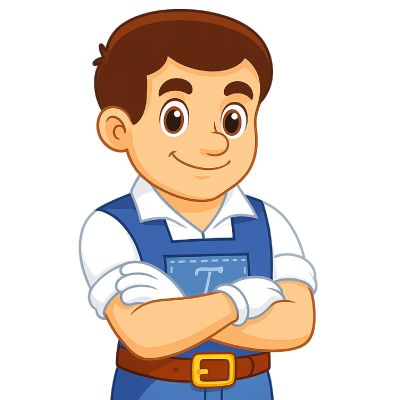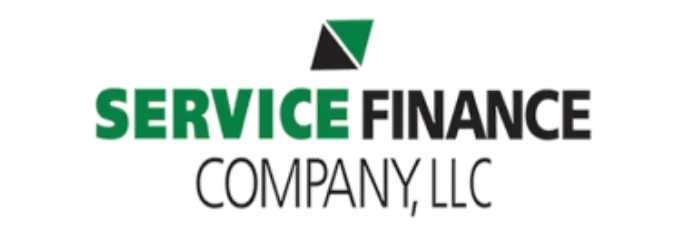A water heater failure turns everyday routines upside down—cold showers, dishes that don’t get clean, laundry cycles that stall, and the looming risk that a small leak can become a soaked carpet or swollen drywall. In San Jose, CA, where many homes place tanks in garages or tight closets and deal with hard water and seismic requirements, same-day repair is not a luxury—it’s the fastest, most cost-effective path to restore comfort, avoid water damage, and keep energy use under control. This page explains how to identify problems early, what to do next, what a same-day visit includes, how to decide between repair and replacement, which code items matter locally, and the maintenance steps that prevent repeat issues.
Why Same-Day Water Heater Repair Matters
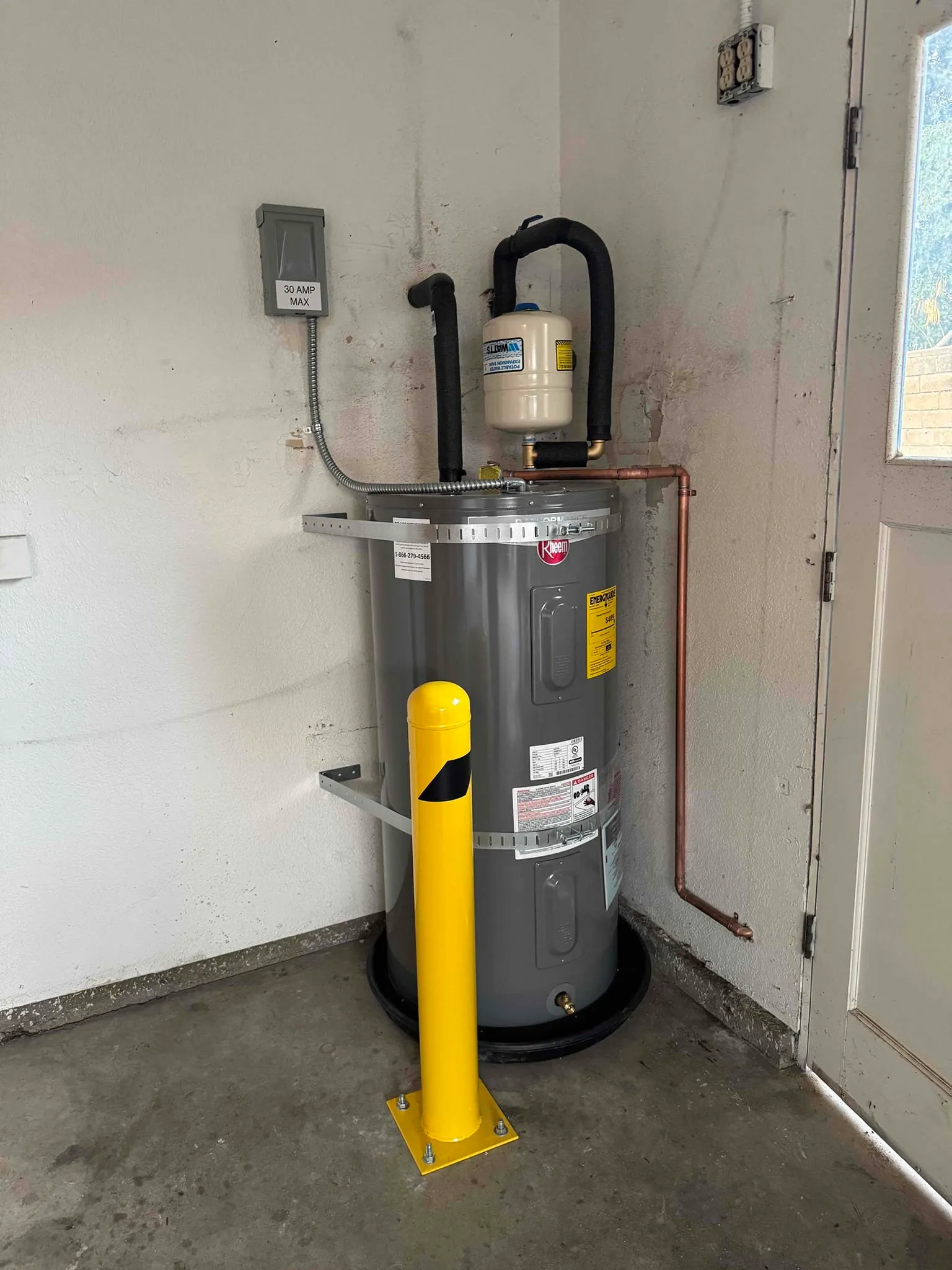
Speed matters for comfort, safety, and cost containment. Waiting several days compounds inconvenience and can magnify a small defect into a major failure. Acting today means:
- Immediate comfort: Families, roommates, and multigenerational households need hot water for bathing, cooking, and cleaning. Same-day service restores normal life quickly.
- Damage prevention: A slow drip from a fitting, nipple, or temperature and pressure (T&P) valve can escalate into floor and wall damage. Early intervention stops moisture from spreading.
- Lower operating costs: Sediment buildup forces elements or burners to work harder. A drifting thermostat overheats water. Fixing faults promptly reduces utility waste.
- Safety assurance: Combustion issues, backdrafting, or an over-pressurized tank are serious hazards. Same-day inspections confirm safe operation and code compliance.
San Jose–Specific Factors That Influence Water Heater Performance
San Jose homes share a few conditions that shape both failure modes and the correct repair approach:
- Hard water: Mineral content accelerates sediment accumulation in storage tanks and scale on tankless heat exchangers. Expect popping or rumbling, reduced capacity, and premature element or burner wear without maintenance.
- Garage and closet installs: Many tanks sit in garages or utility closets. Proper combustion air, venting, drain pans, and safe T&P discharge routes are essential to performance and code compliance.
- Seismic strapping: California requires correct earthquake restraints for tank-style heaters. Under-strapped tanks or straps anchored to drywall only are common legacy issues.
- Efficiency expectations: With local energy costs, upgrading to high-efficiency tank, tankless, or heat-pump units can deliver noticeable bill savings if the site is suitable.
- Permit expectations: Replacements commonly require a permit and inspection. Repairs that alter gas, venting, or electrical may also trigger permit needs depending on scope.
Early Warning Signs You Should Not Ignore
Catching small signals early can save you from a full outage and expensive damage:
- Temperature inconsistency: Water runs hot then suddenly cool or fluctuates within a single shower—often thermostat, mixing valve, element wear, or sediment impacting heat transfer.
- No hot water: For electric units, suspect tripped breakers, failed thermostats, or elements. For gas, look for pilot, flame sensor, ignition module, or gas valve faults.
- Popping/rumbling sounds: Classic sign of sediment layering on the tank bottom causing water to boil beneath scale. This stresses components and wastes energy.
- Rusty, brown, or cloudy water: Indicates corrosion or disturbed sediment. A spent anode rod or compromised tank lining may be the root cause.
- Water around the base: Even a small puddle matters. It could be a loose fitting, failing drain valve, or tank breach. Tank body leaks usually require replacement.
- Low hot-side pressure only: Sediment or scale restricting hot-side lines or a malfunctioning mixing valve.
- Burner or vent smell: Combustion or venting trouble is a safety issue. Shut the unit down and schedule professional service immediately.
Safe DIY Checks Before a Technician Arrives
Do only what is safe and simple—skip anything that risks gas, fire, or electrical shock:
- Power/gas status: Verify the breaker is on for electric models. For gas, confirm the main valve is open and look for obvious damage (do not attempt repairs yourself).
- Thermostat setting: If recently changed, set to a moderate temperature and see if stability returns.
- Visual leak check: Look at top connections, the drain valve, and the T&P discharge line for moisture. Take a photo to document progression.
- Listen and note: Record unusual noises, timing (start, mid, or end of cycle), and any error lights or codes on the control panel.
Do not open gas lines, disassemble venting, or bypass safety devices. If you smell gas, hear hissing, or see active leaking, shut off utilities at accessible valves/switches and call for help.
What Same-Day Service Includes
The goal is to restore safe, reliable hot water immediately and prevent repeat failures. A same-day visit typically includes:
- On-arrival safety review: Rapid checks for gas leaks, electrical hazards, backdrafting, and overpressure signs.
- System diagnosis: Testing thermostats, elements, igniters, flame sensors, anode condition, dip tube integrity, and verifying gas pressure and vent draft where applicable.
- Clear repair plan and pricing: Issues are prioritized by risk and impact so you can approve work with full understanding.
- On-the-spot repairs: Common part replacements (elements, thermostats, thermocouples, igniters, valves, anodes, mixing valves) and sediment flushes when appropriate.
- Code corrections as needed: Seismic strapping, T&P discharge adjustments, drain pans, sediment traps, and bonding/grounding if required for safe operation.
- Post-repair verification: Temperature stability checks, leak checks under pressure, vent draft confirmation (gas), and documentation of readings.
Repair vs. Replacement: Making the Right Call
Not every failure warrants a new unit. Use these practical guidelines tailored for San Jose homes:
- Lean toward repair if: A storage tank is under 8 years old with no tank body corrosion; a tankless or heat-pump unit is under 15 years; the fault is localized (thermostat, element, igniter, anode, valve) and parts are available.
- Lean toward replacement if: The tank leaks or shows significant corrosion; the unit is at or past its typical service life; the same failures recur; parts are obsolete; or you want lower utility costs with high-efficiency equipment.
Technicians can arrive prepared for either path—stocked to complete most repairs immediately and equipped to quote and install replacements with the code items and permitting your site requires.
Typical Time on Site and What Affects It
Realistic timelines help set expectations for a same-day visit:
- Repairs: 1–3 hours depending on diagnostics, part access, and sediment conditions.
- Standard tank replacement: 3–5 hours when gas, vent, and plumbing layouts are straightforward.
- Tankless or heat-pump installs: 5–9 hours depending on vent routing, gas line sizing, condensate handling, electrical capacity, and recirculation options.
Access constraints, attic/closet placements, or bringing installations up to current code can add time. The technician should explain any added steps before work begins.
Code, Safety, and Best Practices Relevant to San Jose
Passing inspection and ensuring long-term safety requires attention to details that are easy to overlook:
- Seismic strapping: Two properly spaced straps anchored to framing, not just sheetrock. Height and spacing must meet code; older strap kits often need upgrades.
- T&P valve and discharge: The discharge line must terminate safely and remain unobstructed. Kinked, capped, or improperly routed lines are not acceptable.
- Drain pan and drain line: Required where a leak could cause damage (common indoors, closets, or above-grade installs). The pan must be correctly sized and drained to an approved location.
- Vent and combustion air (gas): Proper vent material, sizing, slope, and termination are essential, as is adequate combustion air. Backdrafting is a critical hazard and must be corrected.
- Expansion tank: Often required in closed systems to manage pressure spikes when water heats. Without it, T&P valves can weep and components wear prematurely.
- Gas piping and sediment traps: A drip leg/sediment trap is typically required. Flexible connectors should be the correct length and rating.
- Electrical/bonding/grounding: Electric units and certain metallic systems require correct bonding/grounding. Heat-pump units may need dedicated circuits and proper GFCI/AFCI where required.
Costs: What Drives the Price in San Jose
Pricing varies with unit type, access, code corrections, parts availability, and permitting. Typical patterns:
- Diagnostic and repair: Priced by labor plus parts. Thermostat, element, igniter, sensor, anode, or valve replacements are common same-day fixes.
- Standard tank replacement: The capacity (e.g., 40–50 gallons), vent type, and code upgrades influence cost. Garage vs. closet access also matters.
- Tankless/heat-pump conversion: Higher upfront cost with added work for venting, gas line sizing, condensate, or electrical. Long-term operating savings can offset the initial investment.
- Permits and inspections: Municipality fees and coordination time are part of a compliant replacement.
A transparent estimate should break out materials, labor, and any code upgrades so you can compare apples to apples.
Maintenance That Pays Off in San Jose’s Water Conditions
Preventive steps extend lifespan, keep performance high, and curb energy waste:
- Annual tank flush: Removes sediment to restore capacity and efficiency, reduce noise, and protect elements and burners.
- Tankless descaling: Follow manufacturer intervals (often annually) to protect the heat exchanger from scale and sustain rated flow and temperature rise.
- Anode rod inspection: Check every 3–5 years; replace before the tank lining is at risk. In hard water zones, anode wear accelerates.
- Inlet screen cleaning: Tankless models require periodic cleaning of inlet filters to maintain proper flow.
- Thermostat verification: Confirm setpoint and actual outlet temperature to balance comfort and scald prevention.
- Optional scale mitigation: Scale-inhibitor cartridges or softening solutions can cut down mineral impact and extend equipment life.
Energy Efficiency and When to Consider Upgrading
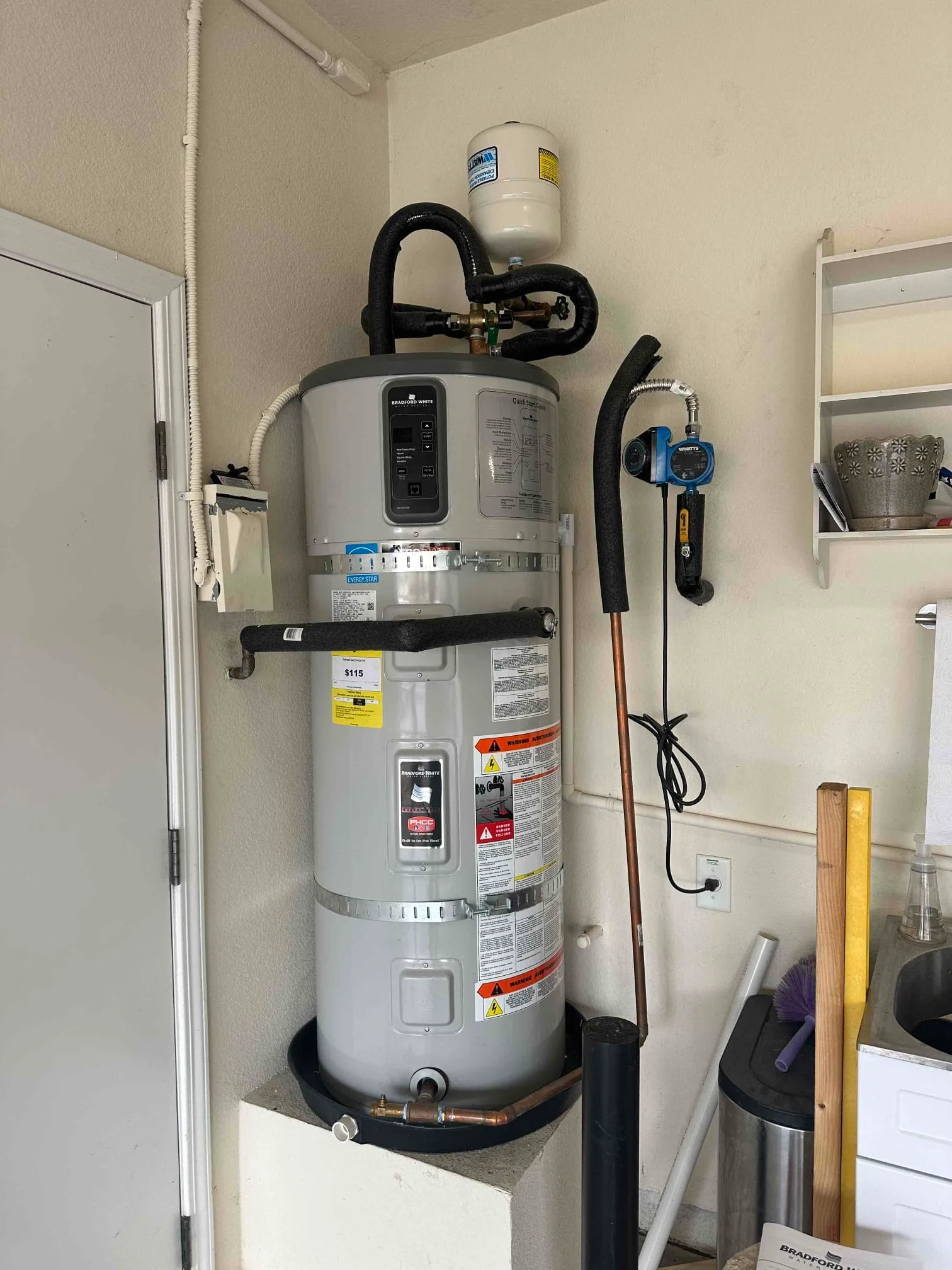
When the current unit is near end of life or repairs keep stacking up, upgrading can be prudent:
- High-efficiency tanks: Improved insulation and burner/element control reduce standby losses compared to aging units.
- Tankless systems: Space-saving and efficient when correctly sized. They provide continuous hot water and lower standby loss, with maintenance focused on descaling and inlet screens.
- Heat-pump water heaters: Highest electrical efficiency; they transfer heat from surrounding air to the water. Best in garages or utility spaces with adequate air volume and condensate management.
- Controls and recirculation: Timers, smart recirc pumps, and thermostatic balancing can cut wait time at distant fixtures and reduce wasted water.
A technician can model operating costs for different options so you can weigh payback against upfront cost and site constraints.
Selecting a Service Provider for Same-Day Repairs
Consider more than speed. The right provider combines rapid response with quality and compliance:
- Local familiarity: Knowledge of San Jose codes, permitting, and typical install quirks speeds resolution.
- Stocked for same-day fixes: Vehicles with common parts minimize return trips and downtime.
- Clear diagnostics and pricing: Findings explained in plain language with itemized estimates before work begins.
- Code-first installations: Seismic strapping, T&P routing, venting, pans, expansion tanks, bonding/grounding—done right the first time.
- Documentation and warranty support: Photos, serials, test readings, and registration help protect your investment.
Frequently Asked Questions
How quickly can same-day service arrive?
Availability depends on call volume and proximity, but emergency slots are prioritized for no-hot-water situations and active leaks. Early contact increases the chance of a morning or early afternoon window.
My water is warm, not hot. What does that mean?
Likely issues include a drifting thermostat, a partially failed element (electric), scaling that limits heat transfer, or a dip tube problem that mixes hot and cold improperly. A quick diagnostic isolates the cause.
Is a popping or rumbling sound dangerous?
It usually means sediment is boiling at the tank bottom. While not immediately dangerous, it strains components, wastes energy, and can shorten tank life. A flush often helps if the tank is still structurally sound.
Do I need a permit to replace my water heater?
In most cases, yes. A compliant replacement will include proper permit pulling and a final inspection to verify safety and code adherence.
When is replacement unavoidable?
When the tank itself is leaking or heavily corroded, repair is rarely viable. Replacement prevents continual leaks and water damage risk.
Are tankless systems really endless hot water?
Correctly sized and installed, yes. Sizing must match simultaneous demand and incoming water temperature. Gas supply, venting, and maintenance need attention for reliable performance.
Is a heat-pump water heater a good fit for San Jose?
Often yes, particularly in garages or utility rooms with sufficient air volume. They reduce operating costs substantially compared to standard electric tanks. Consider electrical capacity and condensate routing.
Will a flush harm an older tank?
If a tank is near structural failure, any disturbance can precipitate a leak. A technician will assess risk and discuss options before proceeding.
What about expansion tanks?
Where a pressure-reducing valve or backflow device creates a closed system, an expansion tank helps manage thermal expansion and protects valves and fixtures. Many inspections require it.
How do I keep hard water from ruining my heater?
Regular flushing (tanks), descaling (tankless), timely anode replacement, and optional scale-inhibitor or softening solutions dramatically reduce mineral damage.
Service Scope Within San Jose
Service commonly covers neighborhoods such as Downtown San Jose, Willow Glen, Rose Garden, Japantown, Almaden Valley, Evergreen, Berryessa, Cambrian Park, Alum Rock, Communications Hill, Burbank, West San Jose, North San Jose, Edenvale, the Santana Row area, and Silver Creek, with options for nearby South Bay communities.
What to Expect After the Repair or Replacement
Quality service does not end when the burner lights or the elements energize. Expect:
- Temperature verification: Outlet temperature should match the selected setpoint without notable fluctuation across normal fixtures.
- Leak-free operation: All connections, valves, and the tank base remain dry during and after reheating. Small amounts of condensation on cold piping can be normal and should be differentiated from leaks.
- Proper ventilation: For gas units, a verified draft and correct vent termination are essential. Backdraft indicators should be rechecked during high-demand appliance use (e.g., dryers, kitchen exhaust).
- Documentation: Model and serial numbers, measurements, test results, photos of seismic strapping and T&P routing, and warranty details for your records.
Simple Ongoing Checklist for San Jose Homeowners
- Quarterly glance: Look around the base and top fittings for moisture. Listen for new noises.
- Annual maintenance: Flush tanks; descale tankless; inspect anodes; clean inlet screens; verify thermostat and mixing valves.
- Every few years: Replace anode rods proactively, particularly in hard water conditions to preserve the tank lining.
- After plumbing changes: Confirm expansion tank sizing and pressure settings if valves or pressure regulators were modified.
When to Call Immediately
- Active leaks: Water pooling or an accelerating drip near electrical components or combustibles requires immediate attention.
- Gas odor or hissing: Shut off gas and power at accessible controls and contact a professional.
- No hot water with error lights/codes: Capture the code and call—this speeds diagnosis.
- Scalding temperatures: Water that suddenly runs excessively hot is a safety risk; lower the thermostat and seek service.
Summary: Fast, Compliant, and Durable Fixes for San Jose Homes
Same-day water heater repair returns comfort quickly, controls costs by addressing efficiency losses, and prevents minor issues from becoming expensive damage. In San Jose, the right approach also accounts for hard water, seismic strapping, correct venting and combustion air for gas units, safe T&P discharge, and expansion tanks in closed systems. With clear diagnostics, itemized pricing, and code-first workmanship, you can resolve today’s outage and reduce the odds of tomorrow’s repeat failure.
Super Brothers Quality
Choose Super Brothers Plumbing Heating & Air because we use top-tier materials, deliver honest workmanship, and back every job with a real warranty. Our pricing is fair and transparent—no hidden fees, ever.
We pull the right permits, build to California code, and pass inspection. Our licensed, highly experienced team handles full plumbing and heating/air replacements and installations, so the job’s done right the first time.
- Top-tier materials
- Honest, quality service
- Workmanship warranty
- Fair, transparent pricing (no hidden fees)
- Permits handled; California code compliant; passes inspection
- Licensed & experienced in plumbing and HVAC installs

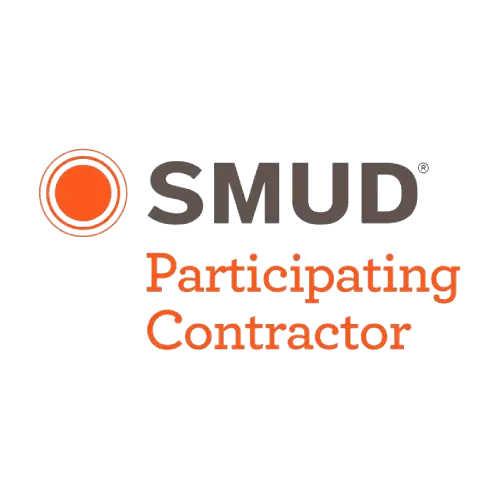
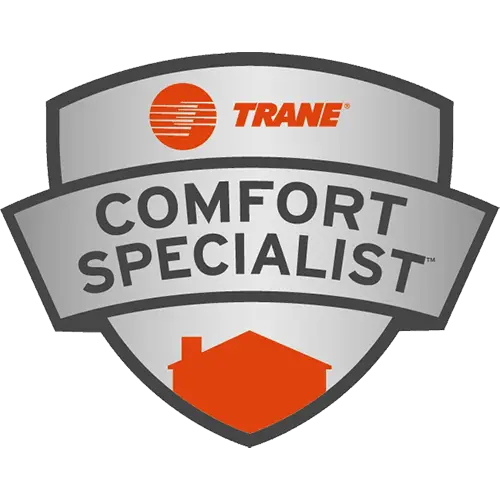
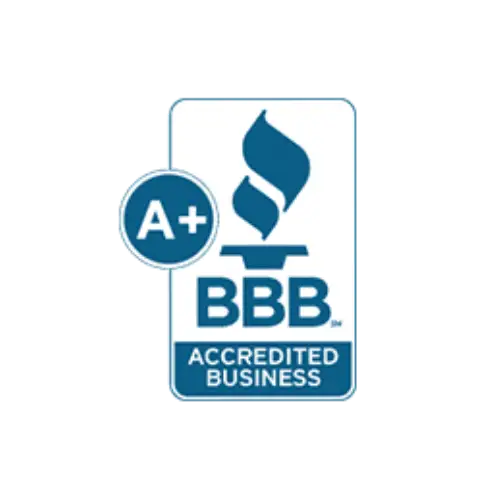
Refer Friends, Reap Rewards

Share our expert plumbing services with friends and family. For every successful referral, you earn cash rewards. Refer Now
